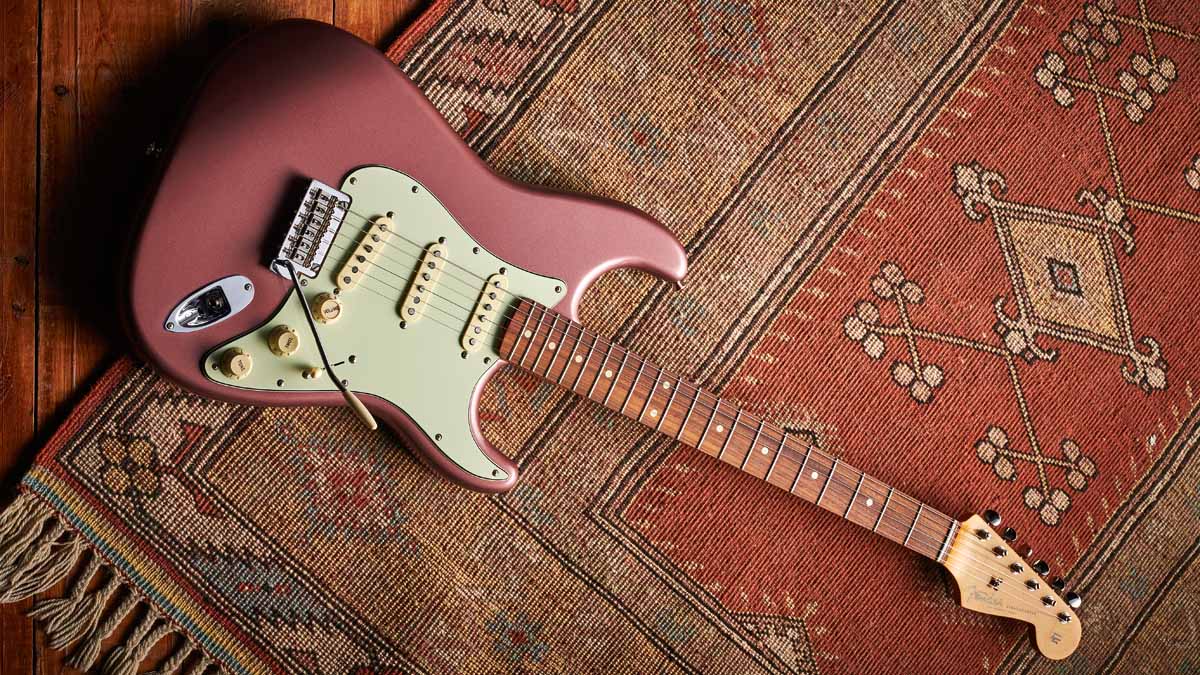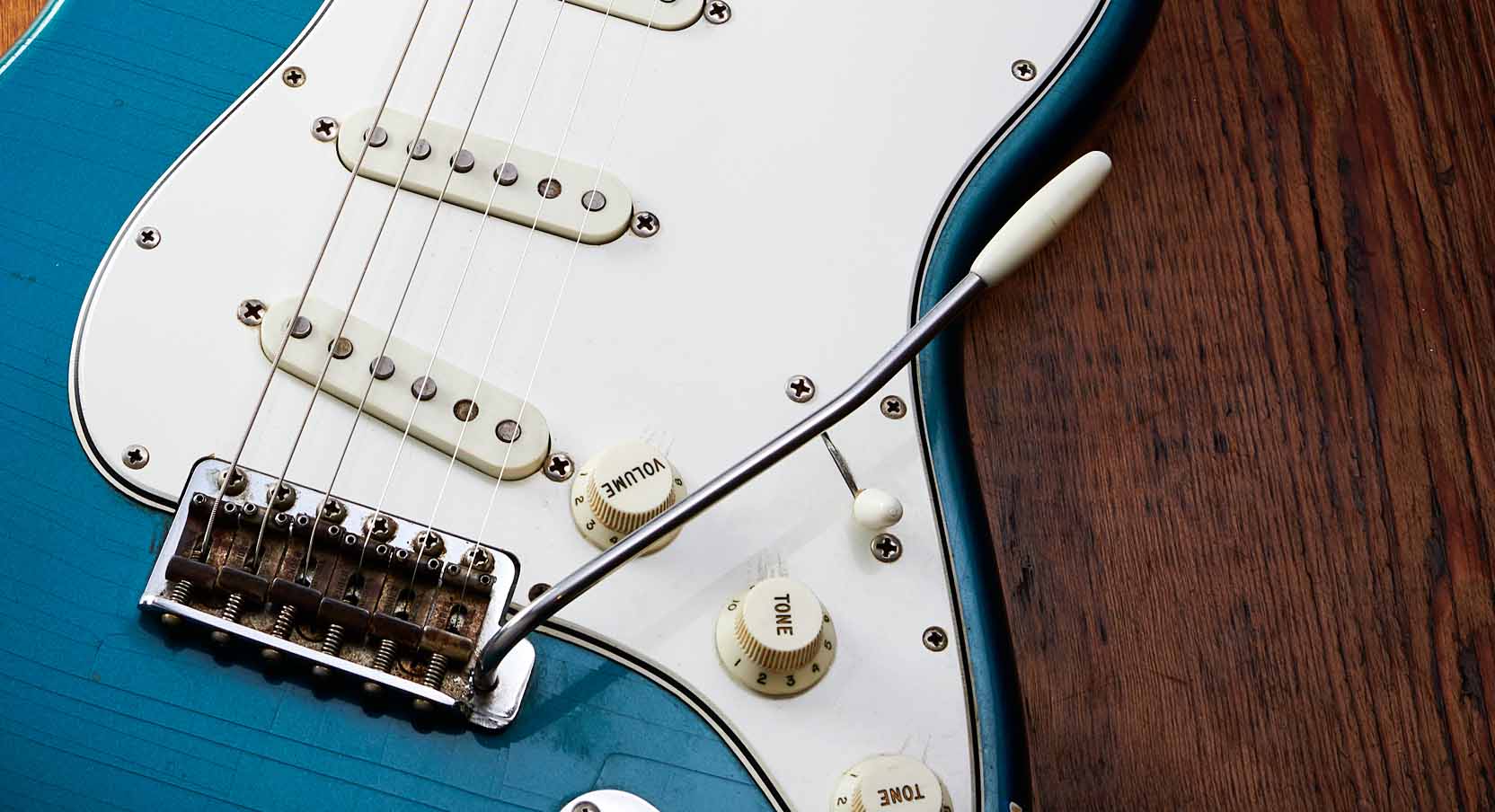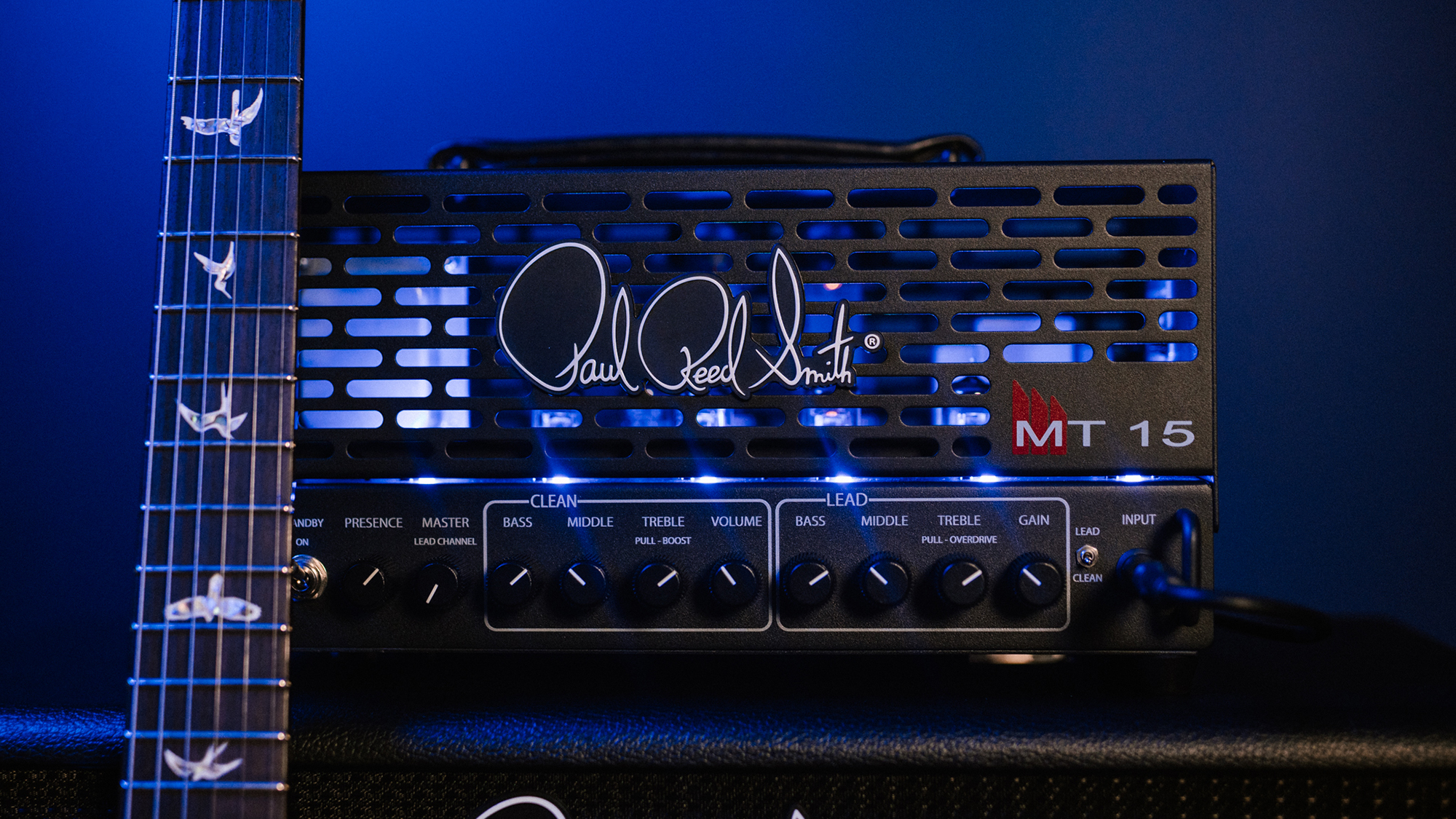How to set up a Strat: 4 essential tips
Setup maestro Matt Gleeson of Monty’s Guitars tells us how he sets up Leo’s masterpiece

1. Setting A Vibrato Unit
“When you’re setting up the trem [aka vibrato unit], I would get your electric guitar into tune first then tighten the screws [of the adjustable claw inside the cavity on the rear of the guitar that adjusts spring tension] until the underside of the bridge is just resting against the body - so you can touch the arm and it will move easily,” Matt explains.
“Then you keep methodically loosening the screws, adjusting them about a quarter- or a half-turn each time, both by the same amount - and retune your guitar after each adjustment.
“Keep doing that until the tremolo is in the position you want it to be in. Doing it in small adjustments is the key if you don’t want to get lost in an endless loop of adjusting and retuning.
“Another tip is to keep a running tally – on a piece of paper or on your phone – of how much you’ve adjusted the strings, so you can always take things back to where you started if you want to begin again.”
2. A Quick, Effective Way To Set Pickup Height
“The way I do it, and the way I recommend everybody should do it, is to start with the neck pickup,” Matt says. “Raise that up until you can start hearing what I call ‘wolf tones.'
“They happen when the pickup’s magnetic field starts interfering with the vibration of the strings. So either you’ll hear this wobble in the note or it will have no sustain - it will literally just sort of stop and your intonation will be all over the place. So find where that is and then drop the pickup just below until that goes away.
“That is the highest you could have that pickup. You could have it lower if you wanted. Depending on your gear setup and your taste, you might find that you prefer the sound of it a little bit lower, where it’s not putting so much signal out, letting the pickups ‘breathe’ a little bit more.
“Moving on to the other two pickups, you’ll want to set them to produce around the same volume as the neck pickup for balance. Typically, the middle one will need to be a little bit higher than the neck one, and the bridge one will need to be a bit higher still.
“The reason for that is the string doesn’t vibrate as much at the bridge as it does at the neck, so all things being equal it needs to be closer to the string to generate the same output. And because the string has less freedom to vibrate and move close to the bridge, you can have the pickup closer to the strings before the pickup’s magnetic field starts affecting them adversely.”

3. Setting String Height
“Typically, the way I set the action - assuming a good all-round medium action is required - is to [adjust the saddle heights so the] top E string is about 1.5mm above the 12th fret,” says Matt. “And then you want to come gradually up with each string until the bass strings are set at about 2mm, so you’ve got this slight rake going on.
“And I find that more comfortable: it means that the strings can breathe properly and vibrate and that you can hit the bass side a little bit harder without them rattling, that kind of thing. You don’t really want to keep them all at the same height across the radius: they need to be at different heights to be at their optimum.
“If you’ve got a guitar with a small, vintage-style radius, however, you might want to have the treble side a bit higher than that. That’s the only time when I’d maybe go for around 2mm across the board. That’s just so you can bend the higher strings without them choking out.”
4. String Tree & Break Angle
“I’ve never liked the string to have to angle down from the tuning post to the string tree and then angle back up to the nut,” Matt says. “It goes back to that whole friction thing: you’re adding another point of potential high friction there. So I typically put more winds [spooling from top to bottom] on the E and the B strings than on the G string. That way, the string will go down from the nut to the string tree but then it will usually end up being roughly level from the string tree to the post.”
Get The Pick Newsletter
All the latest guitar news, interviews, lessons, reviews, deals and more, direct to your inbox!
Jamie Dickson is Editor-in-Chief of Guitarist magazine, Britain's best-selling and longest-running monthly for guitar players. He started his career at the Daily Telegraph in London, where his first assignment was interviewing blue-eyed soul legend Robert Palmer, going on to become a full-time author on music, writing for benchmark references such as 1001 Albums You Must Hear Before You Die and Dorling Kindersley's How To Play Guitar Step By Step. He joined Guitarist in 2011 and since then it has been his privilege to interview everyone from B.B. King to St. Vincent for Guitarist's readers, while sharing insights into scores of historic guitars, from Rory Gallagher's '61 Strat to the first Martin D-28 ever made.









![Joe Bonamassa [left] wears a deep blue suit and polka-dotted shirt and plays his green refin Strat; the late Irish blues legend Rory Gallagher [right] screams and inflicts some punishment on his heavily worn number one Stratocaster.](https://cdn.mos.cms.futurecdn.net/cw28h7UBcTVfTLs7p7eiLe.jpg)

